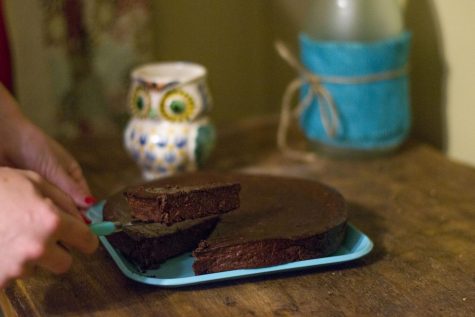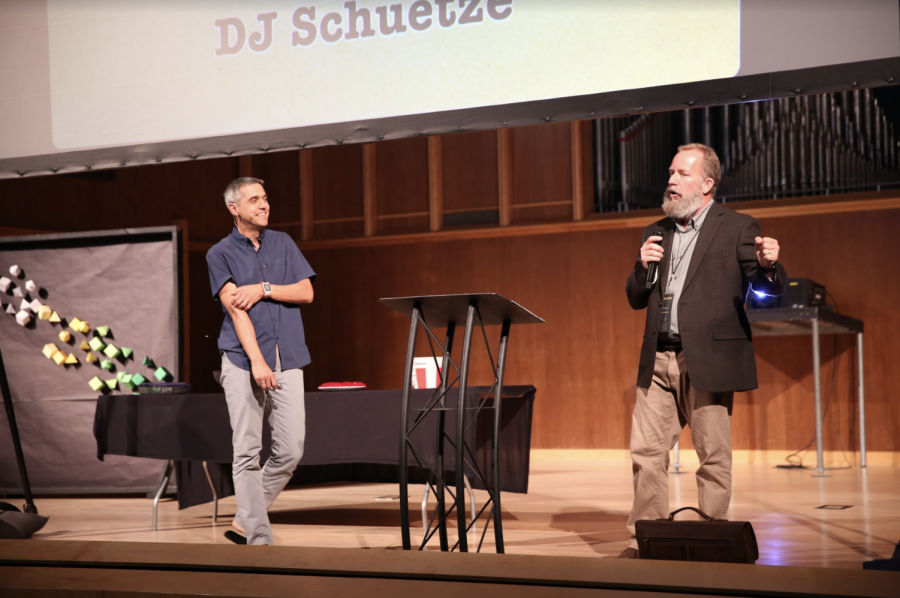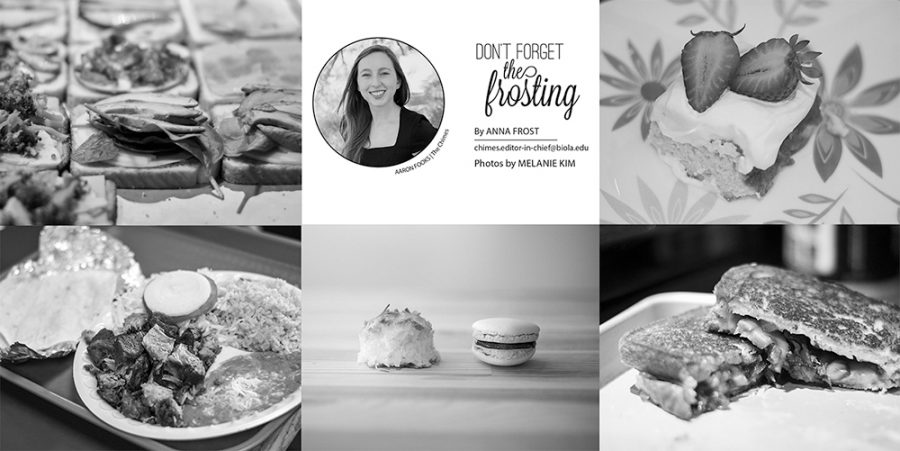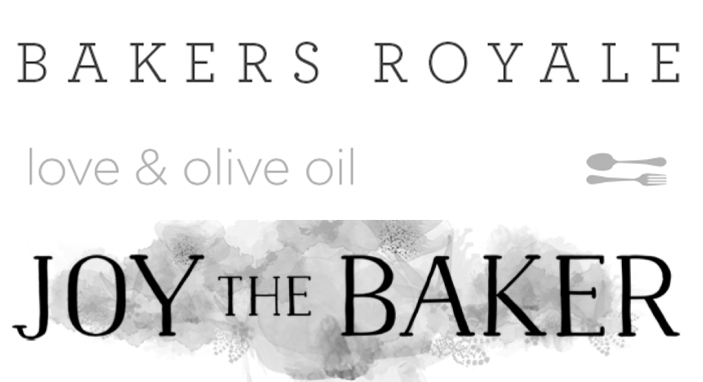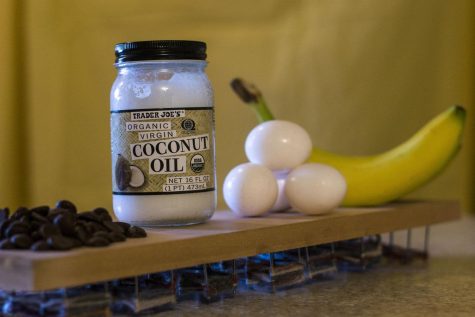
I remember hearing about the Paleolithic, or “Paleo,” diet for the first time while attending culinary school in 2010. A friend explained it as “the caveman diet,” and was complaining about a couple of his friends who were trying it, making it particularly difficult to eat out with them. Considering that most of their food consisted of diner grub like disco fries — a frightening East Coast concoction involving beef gravy and cheese over french fries — his griping is understandable.
At the time, I agreed with him that the idea of eating like a prehistoric human was pretty ludicrous. To us, prehistoric was synonymous with pre-cheese, pre-baguette and pre-everything-else-that-makes-life-delicious and therefore worth living. With all the culinary innovation since then, why would anyone desire to turn their plate that far back in time? Ironically enough, I now sit here three years later typing up a column in which I encourage you to try one of my new favorite desserts — a Paleo chocolate cake.
Since my first critique of the Paleo lifestyle, the concept grew in popularity immensely. Pinterest is filled with recipes and photos of “caveman food” that will make any foodie weak in the knees. Food trucks based entirely on the Paleo concept not only exist, but thrive. Even I, a cheese-loving, ice cream-eating, bread-making, baking and pastry graduate, think that it is one of the better ways of satisfying one’s appetite for wholesome food.
To be clear, this is not an announcement that I have become a strict Paleo follower. While I think it is one of the best reactions against the wildly unhealthy, diabetes-causing standard American diet, my love for brie will never allow such a commitment. I do repent that I leapt to a snap judgment in deeming the Paleo diet silly, however, and challenge all to leave their minds wide open when considering new ideas about food. You don’t, and probably shouldn’t, hop on every food fad bandwagon that passes, but you never know what could lead to something as delicious as this week’s featured dessert.
Paleo Chocolate Banana Torte
adapted from: The Primal Food Blog
1 10-oz bag semi-sweet chocolate chips
1 1/2 cups coconut oil, melted
4 eggs
3 extremely ripe bananas
Note: The coconut oil can be replaced by an equal amount of butter. However, it would not truly be in accordance with the guidelines of Paleo eating, which may or may not concern you.
Preheat the oven to 350°F and use coconut oil, butter, vegetable oil or pan spray to grease a 9-inch round cake pan.
Melt the chocolate, either in a microwave or on a stove.
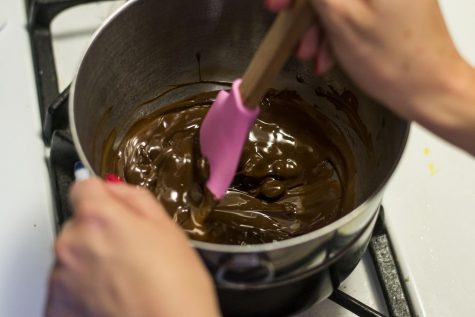
If using a microwave, heat in a microwave-safe bowl in 30-second increments. Stir the chocolate thoroughly, scraping the bottom well, and repeat until the chocolate is melted.
To heat the chocolate on a stovetop, bring a small saucepan of water to a boil on high heat and then reduce the heat to low. Place a metal bowl on top of the pan and pour the chocolate into it, stirring occasionally until melted. Set the chocolate aside to cool.
Whisk the eggs together in a large bowl. Slowly stream the melted coconut oil into the eggs while constantly whisking until completely incorporated.
In a separate bowl, mash the bananas to a puree with your hands, a fork or anything else that will turn a banana into mush.
Add the banana puree into the egg and coconut oil and mix well. Stir the chocolate into the batter. Pour the batter into the cake pan and bake for 25 minutes, or until the surface springs back when lightly pushed. You can also use a toothpick to check the cake by prodding it to see if it comes out clean.
Serve the cake warm or chilled. When chilled, it takes on a dense, almost cheesecake-like texture, while it is more like a dense brownie or chocolate banana bread when enjoyed warm. Either way, the rich flavor of chocolate mingled with banana and coconut will hopefully make you blissfully unaware of the lingering late-summer heat.
